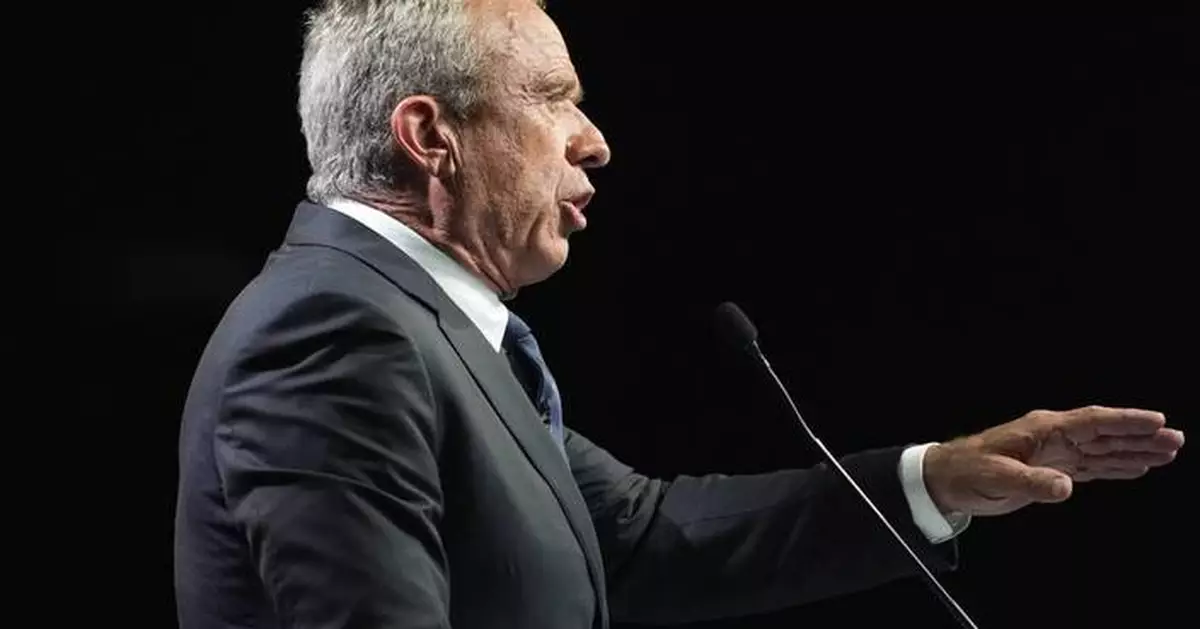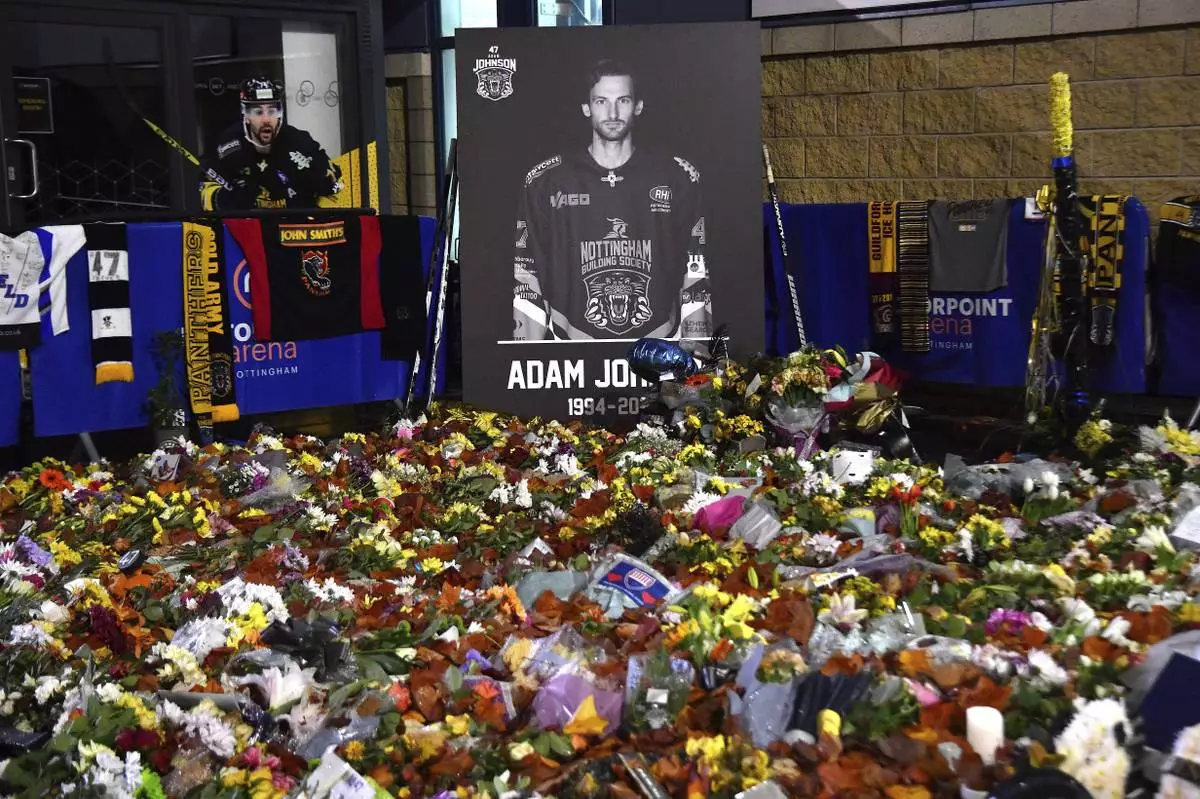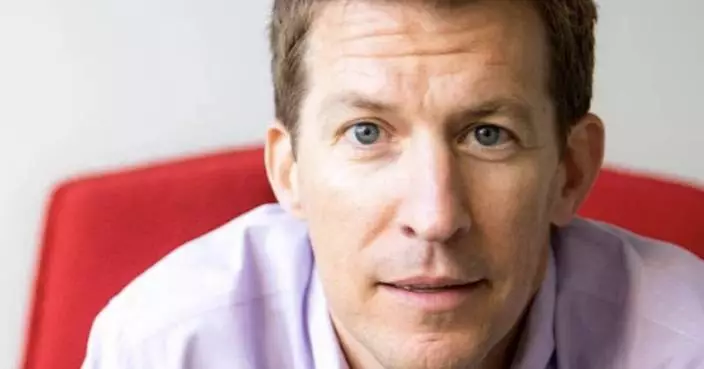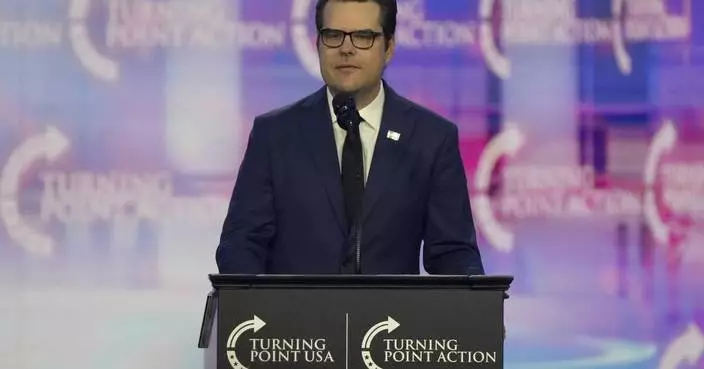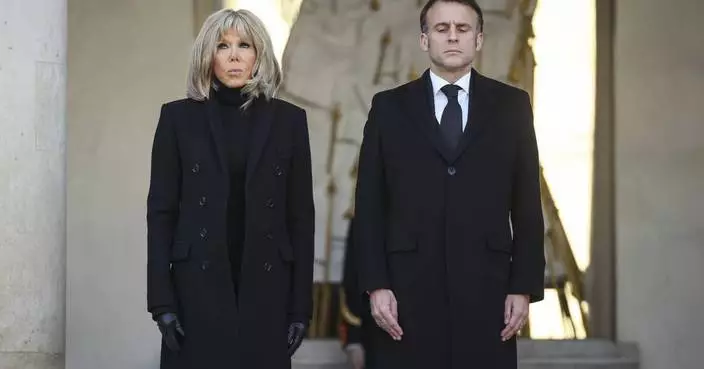WILMINGTON, Del. (AP) — Independent presidential candidate Robert F. Kennedy Jr. once retrieved a bear that was killed by a motorist and left it in New York's Central Park with a bicycle on top, sparking a mystery that consumed the city a decade ago.
Kennedy described the 2014 incident in a video that was posted to social media Sunday, adding it would be included in a New Yorker article that he expected to be damaging.
The article was published Monday and included a photo of Kennedy with his fingers in the bear's bloodied mouth, a mock grimace on his face. His left pant leg appears to have a bloodstain on it.
It's the latest bizarre incident in Kennedy's quixotic campaign that has divided his famous family and left Republicans and Democrats alike concerned about his potential impact on the presidential contest. Kennedy has acknowledged a parasite that lodged in his brain and died. He denied eating a dog after a friend shared a photo with Vanity Fair magazine showing Kennedy dramatically preparing to take a bite of a charred animal; Kennedy said it was a goat.
In the video, Kennedy recounts the story to actress Roseanne Barr. He says he was heading to a falconry excursion with friends when a woman driving ahead of him hit and killed the young bear with her vehicle. He says he put it in his own vehicle, intending to skin it and eat the meat, but the day got away from him.
Eventually, he says, he was in Manhattan and needed to get the bear carcass out of his vehicle. His friends, fueled by alcohol, concocted the Central Park plan as a prank, he said, adding he was not drunk himself. At the time, bicycle accidents were getting significant media attention, so Kennedy and his friends thought it would be funny to make it look like the bear was hit by a bicycle.
Two women walking their dogs found the dead bear and alerted authorities, touching off a mystery that captivated the city for a few days. Bears are not among the park's known wildlife population.
The bike was dusted for prints and the animal sent to Albany for a necropsy, which determined the bear was likely hit by a vehicle and was not a victim of animal cruelty. But how the bear ended up in Central Park remained a mystery.
“I was worried because my prints were all over that bike,” Kennedy tells Barr in the video.
Kennedy declined to speak to reporters Monday in Albany, New York, where he was attending a civil trial related to his efforts to get on the ballot in that state. A group trying to exclude him from New York's ballot filed a lawsuit claiming Kennedy lied on nomination papers about where he lives.
New York's Department of Environmental Conservation, which enforces laws regarding wildlife, said in a statement Monday that it closed its investigation after a forensic analysis concluded that the cub died from injuries consistent with a high-speed collision.
Possessing a bear without a tag or permit, or illegally disposing of a dead bear, are offenses punishable by fines of up to $250 in New York, but the department said charges cannot be brought for violations that occurred more than a year ago.
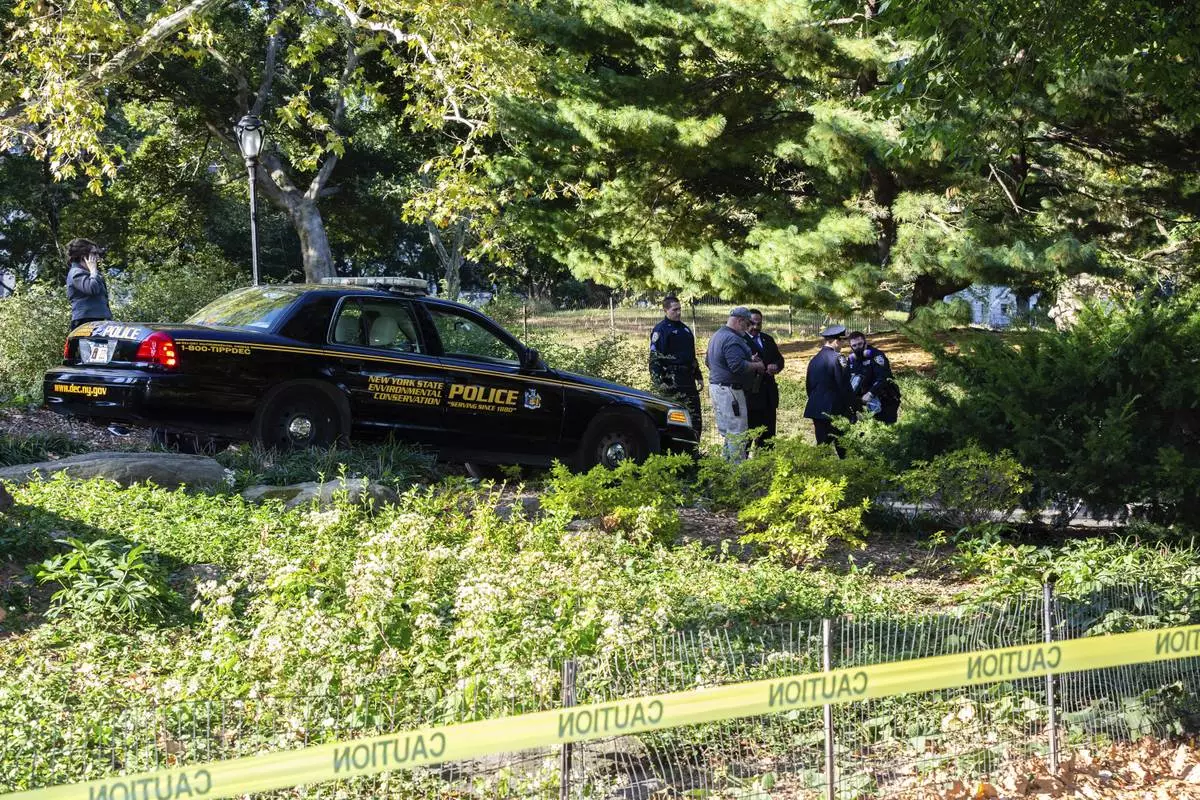
New York Police and New York State Environmental Conservation officers investigate the site where a bear cub was found dead under bushes in Central Park, Monday, Oct. 6, 2014, in New York. Independent presidential candidate Robert F. Kennedy Jr. once retrieved a bear that was killed by a motorist and left it in New York's Central Park with a bicycle on top, sparking a mystery that consumed the city a decade ago. Kennedy described the incident in a video on social media Sunday, Aug. 4, 2024, adding it will be included in a forthcoming New Yorker article that he expects to be damaging. (AP Photo/Stefan Jeremiah)
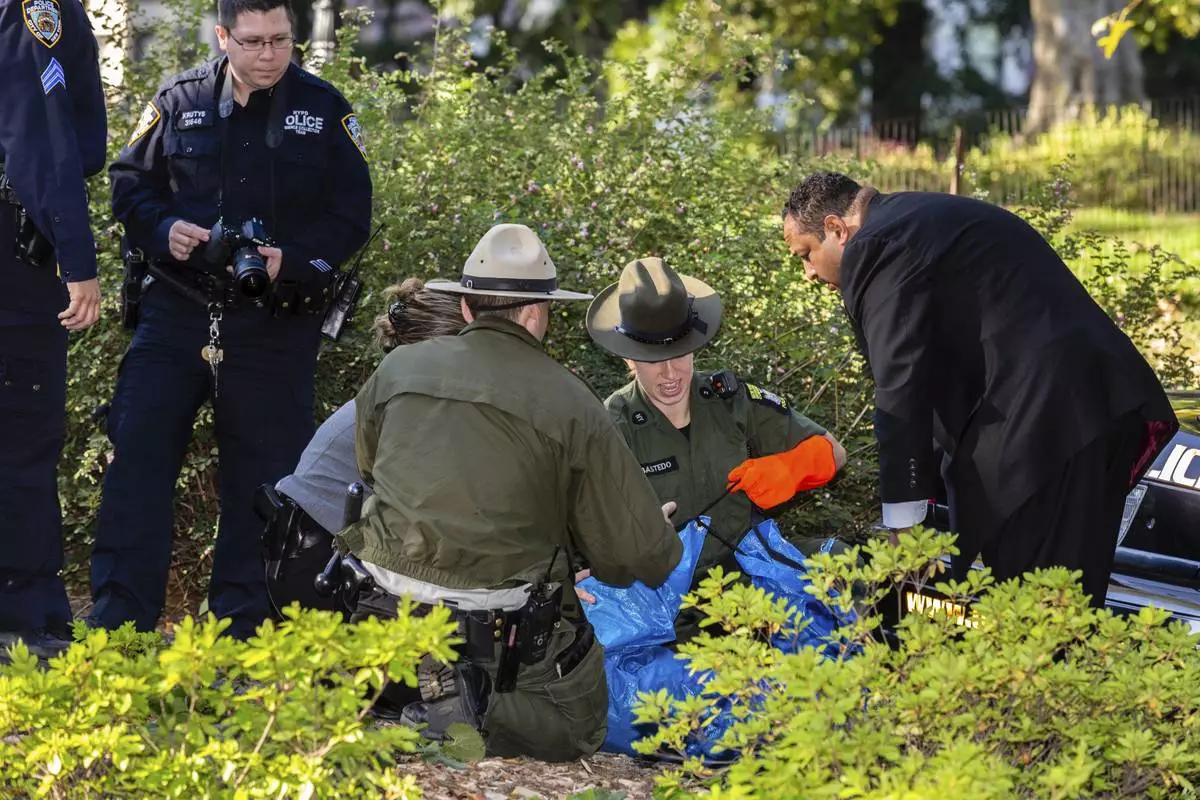
New York Police and New York State Environmental Conservation officers handle the body of bear cub that found dead under bushes in Central Park, Monday, Oct. 6, 2014, in New York. Independent presidential candidate Robert F. Kennedy Jr. once retrieved a bear that was killed by a motorist and left it in New York's Central Park with a bicycle on top, sparking a mystery that consumed the city a decade ago. Kennedy described the incident in a video posted to social media Sunday, Aug. 4, 2024, adding it will be included in a forthcoming New Yorker article that he expects to be damaging. (AP Photo/Stefan Jeremiah)

FILE - Florence Slatkin, with her dog Paco, points to the spot where she and a friend discovered a dead bear cub in New York's Central Park, on Oct. 7, 2014. On social media Sunday, Aug. 4, 2024, Independent presidential candidate Robert F. Kennedy Jr. took responsibility for leaving the cub in New York's Central Park a decade ago. (AP Photo/Richard Drew, File)
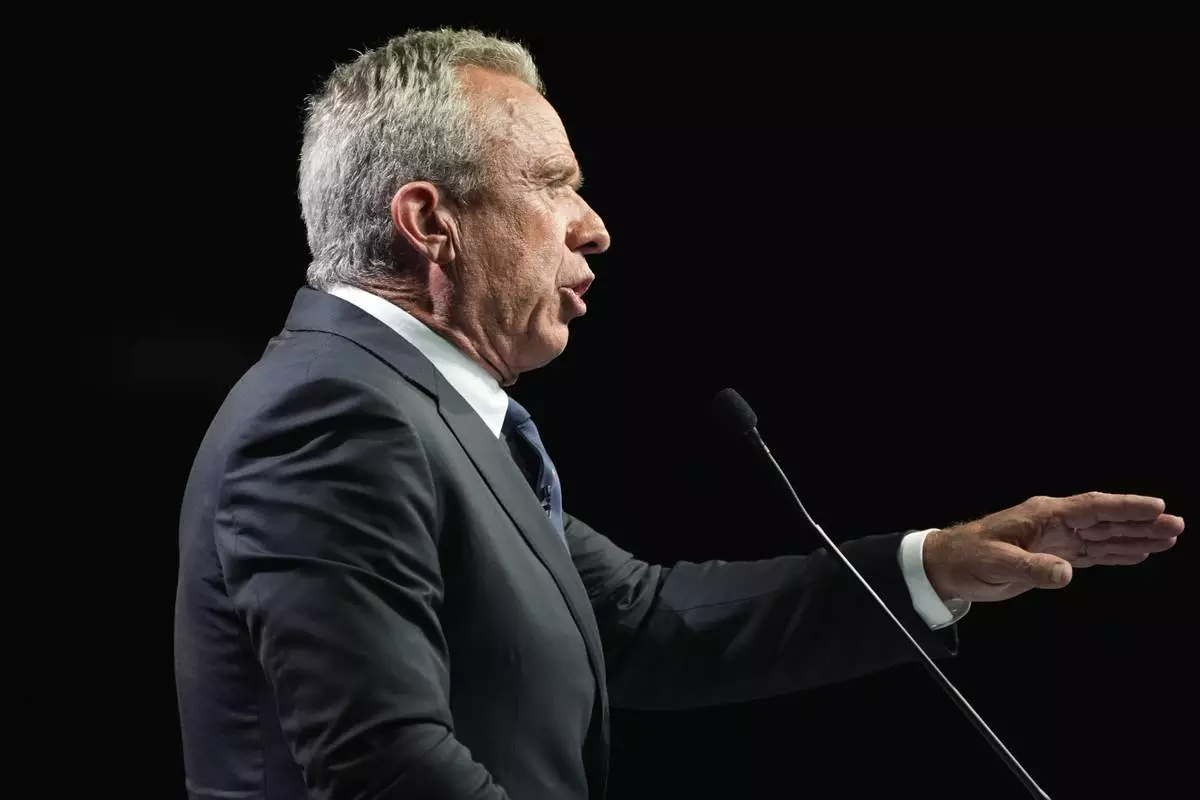
FILE - Independent presidential candidate Robert F. Kennedy Jr. speaks during a campaign event, in West Hollywood, Calif., June 27, 2024. On social media Sunday, Aug. 4, Kennedy described how he once retrieved a bear killed by a motorist and left it in New York's Central Park with a bicycle on top. (AP Photo/Damian Dovarganes, File)


